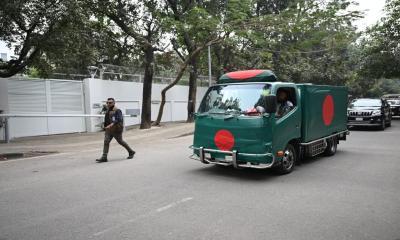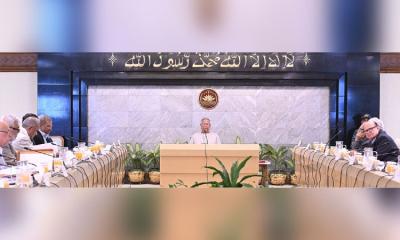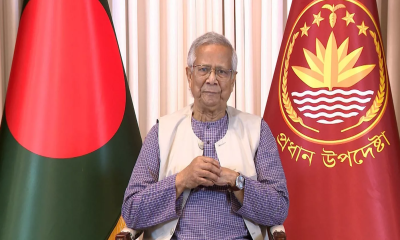Hamas on Friday released 24 hostages who had been held captive in Gaza for weeks, and Israel freed 39 Palestinians from prison in the first stage of a swap under a four-day cease-fire deal.
The freed hostages included 13 Israelis, 10 people from Thailand and one from the Philippines, according to Qatar.
The agreement opened the way for sorely needed aid to flow into Gaza for beleaguered residents. It was also a moment of hope for families in Israel and elsewhere worried about loved ones taken captive during Hamas’ Oct. 7 attack, which triggered the war.
With the truce’s start Friday morning, Gaza’s 2.3 million Palestinians saw quiet for the first time after seven weeks of relentless Israeli bombardment, which has killed thousands, driven three-quarters of the population from their homes and flattened vast swaths of residential areas. Rocket fire from Gaza militants into Israel went silent as well.
The freed Israeli hostages included eight women — six of them in their 70s and 80s — and three children. Their release was followed in the evening by the freeing of the Palestinian prisoners — 24 women, including some convicted of attempted murder for attacks on Israeli forces, and 15 teenagers jailed for offenses like throwing stones.
But joy at the deal has been tempered — among Israelis by the fact that not all hostages will be freed and among Palestinians by the briefness of the pause. The short truce will leave Gaza mired in humanitarian crisis and under the threat that fighting could soon resume.
Israel says the cease-fire could be extended if more hostages are released, but it has vowed to resume its massive offensive once the truce ends. That has clouded hopes that the deal could eventually help wind down the conflict, which has fueled a surge of violence in the occupied West Bank and stirred fears of a wider conflagration across the Middle East.
FIRST HOSTAGES FREED
After nightfall Friday, a line of ambulances emerged from Gaza through the Rafah Crossing in Egypt, carrying the freed hostages, according to live footage on Egypt’s state-run Al-Qahera TV. Israel’s Channel 13 showed an older woman exiting an ambulance alongside young girl, then walking slowly into a building. An Egyptian medical team held another older woman’s arms as she walked.
At a plaza dubbed “Hostages Square” in Tel Aviv, a crowd of Israelis cheered as news of the release was announced. The Israeli military later confirmed that the hostages had returned to Israel and were undergoing medical checks before being moved to hospitals to be reunited with their families.
The Foreign Ministry of Qatar, which played a key role mediating with Hamas in the long negotiations over the deal, said 13 Israelis, 10 Thai and one Filipino were freed. The Thai prime minister earlier said in a tweet that 12 Thai nationals were freed. There was no immediate explanation for the discrepancy.
The plight of around 240 people taken captive during Hamas’ attack has been wrenching in Israel, raising anger among some families that the government of Prime Minister Benjamin Netanyahu was not doing enough to bring them home.
Under the deal, at least 50 are to be released, though it is not clear if the Thai and Filipino captives would be included in that count. Israeli is to free 150 Palestinian prisoners. Israel said the four-day truce can be extended an extra day for every additional 10 hostages freed.
“I’m excited for the families that are going to hug their loved ones,” Shelli Shem Tov, the mother of 21-year-old Omer Shem Tov, told Israeli’s Channel 12 at the square. “I’m jealous, and I’m sad, mostly sad that Omer is not coming home yet.”
In the West Bank, thousands gathered near the Israeli military’s Ofer Prison, awaiting the release of Palestinian prisoners, some waving Palestinian flags in celebration. Police fired tear gas to disperse the crowd.
According to the Palestinian Prisoners’ Club, an advocacy group, Israel is currently holding 7,200 Palestinians, including about 2,000 arrested since the start of the war. Israel holds many for months without charge in administrative detention. Most of those who are tried are put before military courts that almost never acquit defendants and often don’t follow due process, human rights groups say.
CEASE-FIRE
Palestinians say a longer cease-fire is needed to recover from the humanitarian catastrophe in Gaza. But Friday’s halt in fighting brought the uprooted population a moment to catch their breath after weeks of fleeing bombardment across the tiny coastal enclave and trying to find increasingly scarce food, water and other basic supplies.
After the truce began Friday morning, an increased flow of aid promised under the deal began. Four trucks of fuel and four trucks of cooking gas entered from Egypt, as well as 200 trucks of relief supplies, Israel said.
Since the war began, Israel barred all imports into Gaza, except for a trickle of supplies from Egypt.
Its ban on fuel, which it said could be diverted to Hamas, caused a territory-wide blackout. Hospitals, water systems, bakeries and shelters have struggled to keep generators running. Amid food shortages, U.N. officials had warned in recent weeks of potential starvation.
During the truce, Israel agreed to allow the delivery of 130,000 liters (34,340 gallons) of fuel per day — still only a small portion of Gaza’s estimated daily needs of more than 1 million liters.
Most of Gaza’s 2.3 million people are crowded into the southern portion of the territory, with more than 1 million living in U.N. schools-turned-shelters.
For those originally from the south, the calm brought a chance to visit homes they had fled and retrieve some belongings.
To the hundreds of thousands who evacuated from northern Gaza to the south, Israel issued a warning not to return. Northern Gaza has been the focus on Israel’s ground assault.
In leaflets dropped around the south, the Israeli military said it would block such attempts, saying the “the war has not ended yet.”
Still, hundreds of Palestinians could be seen walking north Friday.
Two were shot and killed by Israeli troops and another 11 were wounded. An Associated Press journalist saw the two bodies and the wounded as they arrived at a hospital.
Sofian Abu Amer, who had fled Gaza City, said he decided to risk heading north to check on his home.
“We don’t have enough clothes, food and drinks,” he said. “The situation is disastrous. It’s better for a person to die.”
Israel’s northern border with Lebanon was also quiet on Friday, a day after the militant Hezbollah group, an ally of Hamas, carried out the highest number of attacks in one day since fighting there began Oct. 8.
Hezbollah is not a party to the cease-fire agreement but was widely expected to halt its attacks.
A LONGER PEACE?
The war erupted when several thousand Hamas militants stormed into southern Israel, killing at least 1,200 people, mostly civilians, and taking scores of hostages, including babies, women and older adults, as well as soldiers.
The hope is that “momentum” from the deal will lead to an “end to this violence,” said Majed al-Ansari, a spokesman for the Foreign Ministry of Qatar, which served as a mediator along with the United States and Egypt.
But hours before it came into effect, Israeli Defense Minister Yoav Gallant told troops that their respite would be short and that the war would resume with intensity for at least two more months.
Netanyahu has also vowed to continue the war to destroy Hamas’ military capabilities, end its 16-year rule in Gaza and return all the hostages.
The Israeli offensive has killed more than 13,300 Palestinians, according to the Gaza Health Ministry. Women and minors have consistently made up around two-thirds of the dead, though the latest number was not broken down. The figure does not include updated numbers from hospitals in the north, where communications have broken down.
The ministry says some 6,000 people have been reported missing, feared buried under rubble.
The ministry does not differentiate between civilians and militants in its death tolls.
Israel says it has killed thousands of Hamas fighters, without presenting evidence for its count.


-20231125045049.jpg)


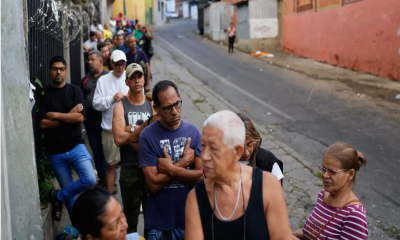
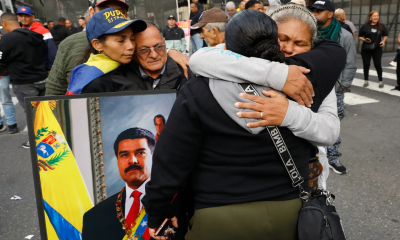
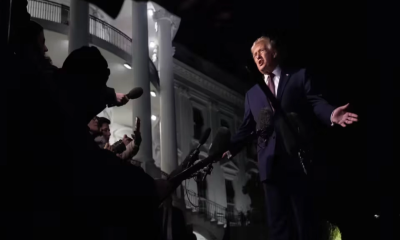
-20260103102222.webp)
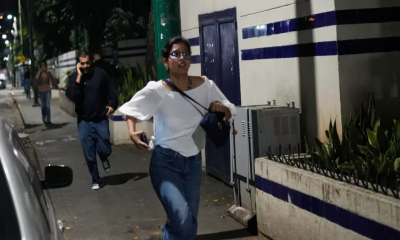
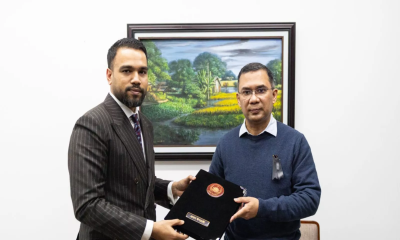


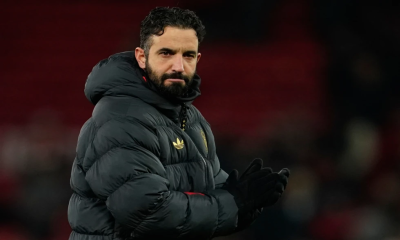
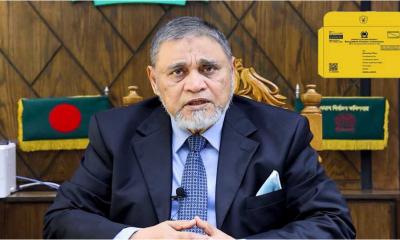
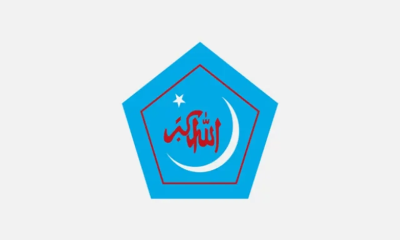
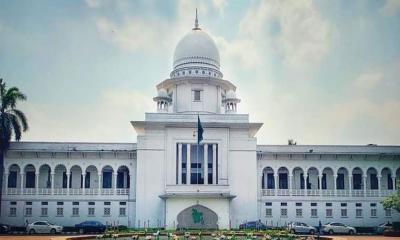


-(25)-20251122062715-20260105041159.jpeg)
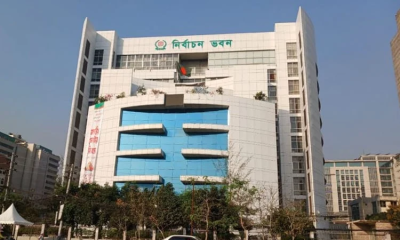
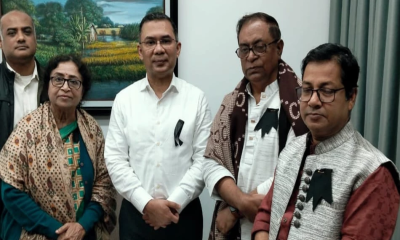
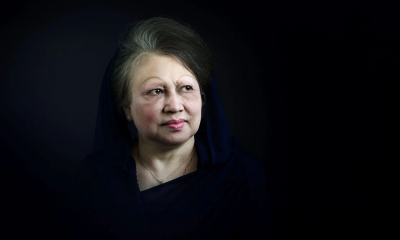
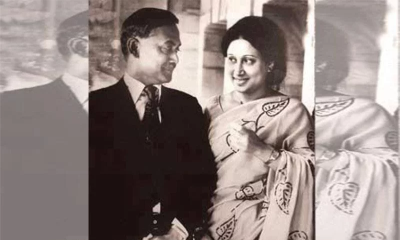

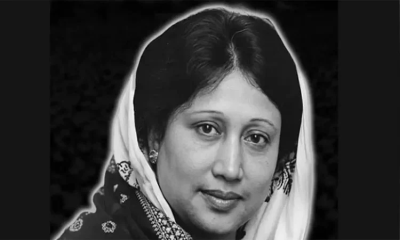



-20251229113834.jpg)
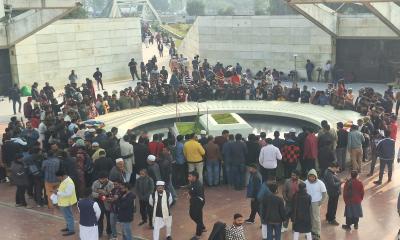
-(2)-20260102070806.jpeg)

